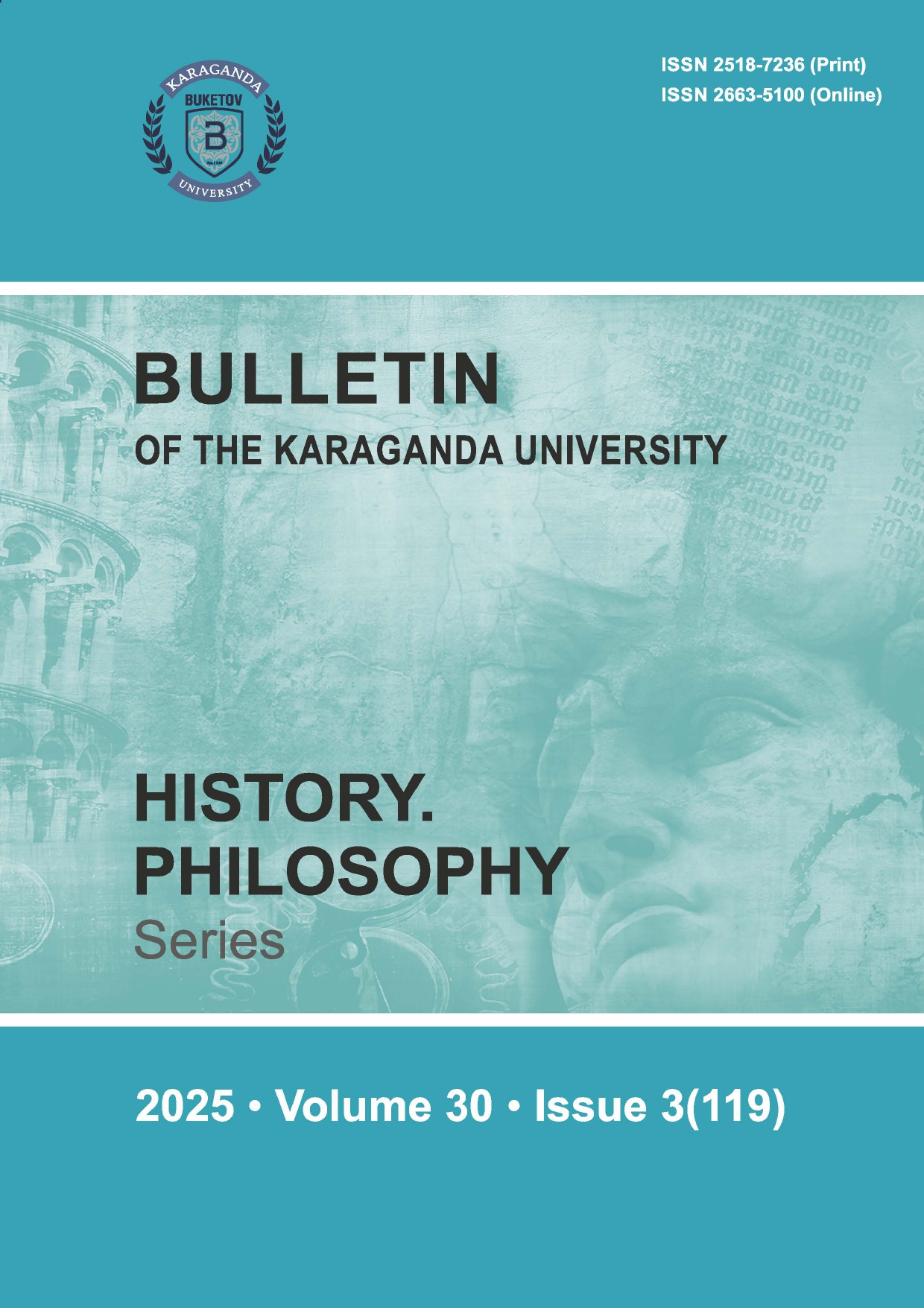The Legacy of “TANBA” and “DAMGA” Symbols in Turkish Society: Insights from Turkic and Altai Kazakhs
DOI:
https://doi.org/10.31489/2025hph3/169-180Keywords:
Tanba, stamp, Turkic culture, Altai Kazakhs, social structure, ethnic markers, religious symbolism, Turkic tribes, runesAbstract
This study explores the profound cultural, social and spiritual significance of tanbas in Turkic societies, with a particular focus on the Altai Kazakhs. These symbols transcend their initial function as mere property markers and evolve into potent representations of ethnic identity, social hierarchy, and spiritual beliefs. Originally used to identify property, tanbas were transformed into symbols of power, unity and territorial control, deeply integrated into the Turkic worldview. Associated with shamanism, they also assumed
protective and metaphysical roles, embodying the link between the material and spiritual realms. The linguistic and geographical diversity of tanbas underlines their adaptability and widespread influence in Turkic-speaking regions from the Caucasus to Central Asia. Their presence in ancient texts, such as the Orkhon Inscriptions and Kutadgu Bilig, highlights their continuing importance in both historical and contemporary contexts. The continued use of tanbas by Turkic peoples demonstrates their resilience and ability to preserve cultural identity across generations. This study demonstrates that tanbas are not only signs of ownership, but also cultural emblems that communicate social status, affiliation, and worldview, providing important insights into the spiritual and political dynamics of ancient and modern Turkic societies.




